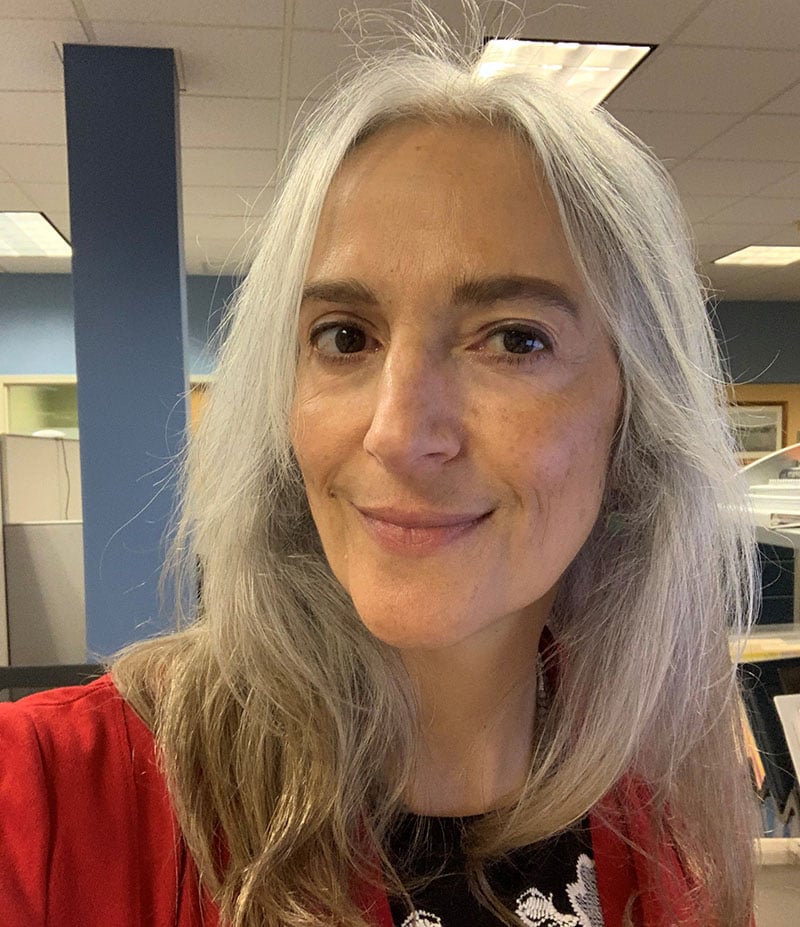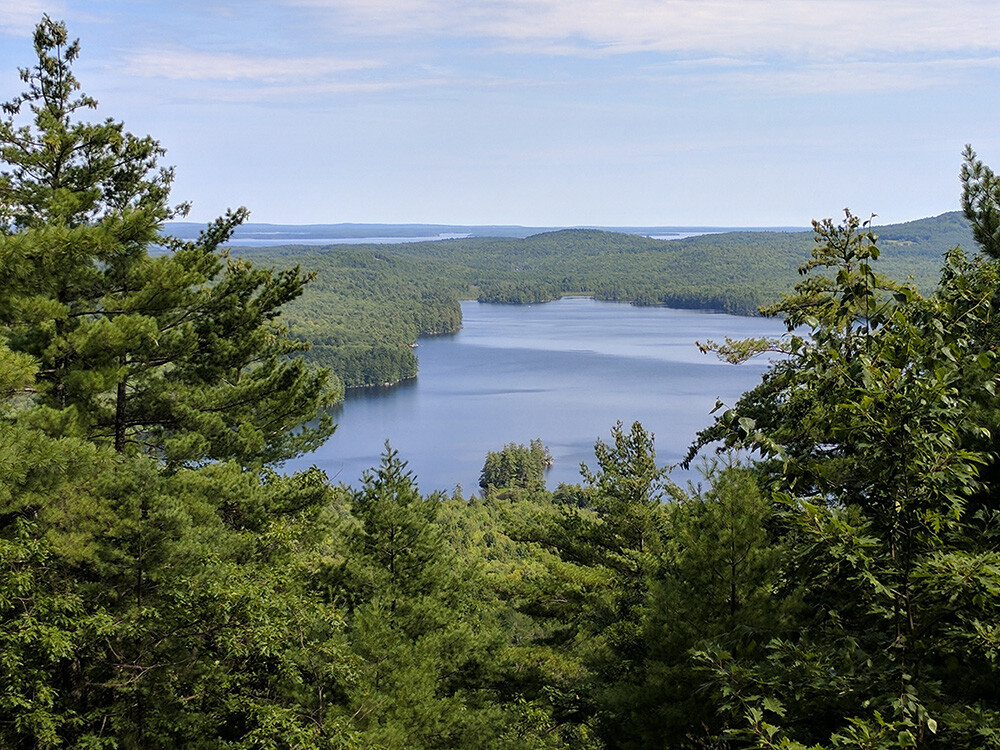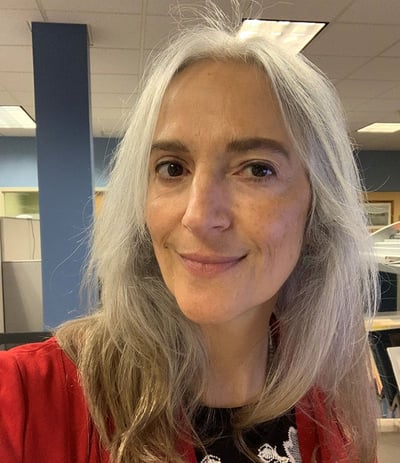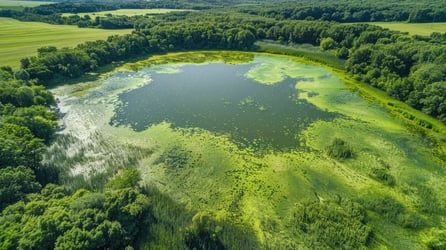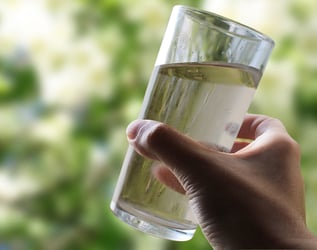 We recently connected with Ben Peierls, Research Director, and Maggie Welch, Staff Limnologist at Lakes Environmental Association in Bridgton, Maine. With a permanent staff of 8 members, LEA is a non-profit organization with a mission focused on local lake water quality, education, and invasive species prevention and remediation. Through action, advocacy, and scientific analysis, they protect the economic, recreational, and environmental value of clean water for future generations. Established in 1970, LEA purchased a FlowCam Cyano instrument to assist with its mission.
We recently connected with Ben Peierls, Research Director, and Maggie Welch, Staff Limnologist at Lakes Environmental Association in Bridgton, Maine. With a permanent staff of 8 members, LEA is a non-profit organization with a mission focused on local lake water quality, education, and invasive species prevention and remediation. Through action, advocacy, and scientific analysis, they protect the economic, recreational, and environmental value of clean water for future generations. Established in 1970, LEA purchased a FlowCam Cyano instrument to assist with its mission.
How did you first learn about FlowCam?
I (Ben) met Harry Nelson [former head of the aquatics team at Fluid Imaging Technologies] at a science conference in the late 90s. As a graduate student at the time, I wasn’t yet in a position to acquire such an instrument, however, the usefulness of the automation and image quality resonated with me. After graduate school, I learned of the position of Research Director at Lakes Environmental Association (LEA) in Bridgton, Maine. Having spent many summers in Maine as a child, I was thrilled to have an opportunity to move here. The LEA executive director had built a science center to expand LEA’s research capacity. A few years after I started at LEA, I invited Fluid Imaging staff to demonstrate some of FlowCam's capabilities.
How did you acquire funding to purchase the FlowCam instrument?
Research, education, and advocacy are the tools we use to fulfill our mission of lake protection. The science center is an extension of LEA, supported by memberships and grants. Generous donations from the individual members and an anonymous foundation made the center possible and provided the funding to purchase the LEA FlowCam.
What was your vision for using FlowCam?
 As a nonprofit organization, LEA strives to guard against the destructive impact of harmful human behaviors on lakes. Through action, advocacy, and scientific analysis, we protect clean water's economic, recreational, and environmental value for future generations. Our role is to look for opportunities to improve our understanding of lakes and water quality and mitigate the impact of humans. FlowCam is an excellent tool to speed up phytoplankton data acquisition and analysis which helps LEA adhere to a routine water sampling schedule across many of the lakes we monitor.
As a nonprofit organization, LEA strives to guard against the destructive impact of harmful human behaviors on lakes. Through action, advocacy, and scientific analysis, we protect clean water's economic, recreational, and environmental value for future generations. Our role is to look for opportunities to improve our understanding of lakes and water quality and mitigate the impact of humans. FlowCam is an excellent tool to speed up phytoplankton data acquisition and analysis which helps LEA adhere to a routine water sampling schedule across many of the lakes we monitor.
What kind of problem did FlowCam solve for you?
Our problem was a matter of time and resources. It’s slow and tedious work to review preserved samples with a microscope. We have 41 lakes to manage, and the lack of almost real-time analysis and feedback was a challenge. Characterizing the lake phytoplankton communities is an important basic need that the FlowCam provides. We also know that there is the possibility that certain species may start to spike, which could lead to an algal bloom formation. We hope the FlowCam data will provide an early warning of that potential.
What method/technique were you using to monitor your water samples before FlowCam?
For many years, we collected water samples and preserved them with Lugol’s solution so we could analyze them with a microscope later. We developed a good library of what kinds of organisms were present in the lakes, however, it was far from any real-time analysis. The microscopy work is tedious, and the data we collected was informational, but not the kind of proactive monitoring that can be done.
How has FlowCam contributed to your work and research?
FlowCam has been a huge time saver for us and allows us the flexibility to continue the work that had been done characterizing the phytoplankton communities in the lakes. We can sample more frequently and routinely without having to preserve the samples. It helps us answer the question “Is there anything we need to worry about?” by giving us the ability to track the potential of bloom conditions and possible nuisance or harmful species.
Having an instrument like FlowCam helps us provide a unique service to our members and the community who live and recreate on lakes in the LEA service area. We feel that it demonstrates our commitment to maintaining the highest quality water. We have this scientific instrument that's helping us do our jobs better and it's helping to protect the quality of lakes in the greater Sebago Lake region.
FlowCam helps us to expand our presence and our knowledge of the lakes. Being able to pass that knowledge on to our membership is just fabulous. Having images from FlowCam helps generate excitement and interest from the community of members. Above all, it helps us communicate how important the lakes are and how well they are doing under our stewardship.
Curious to learn more? Watch our recent webinar.







